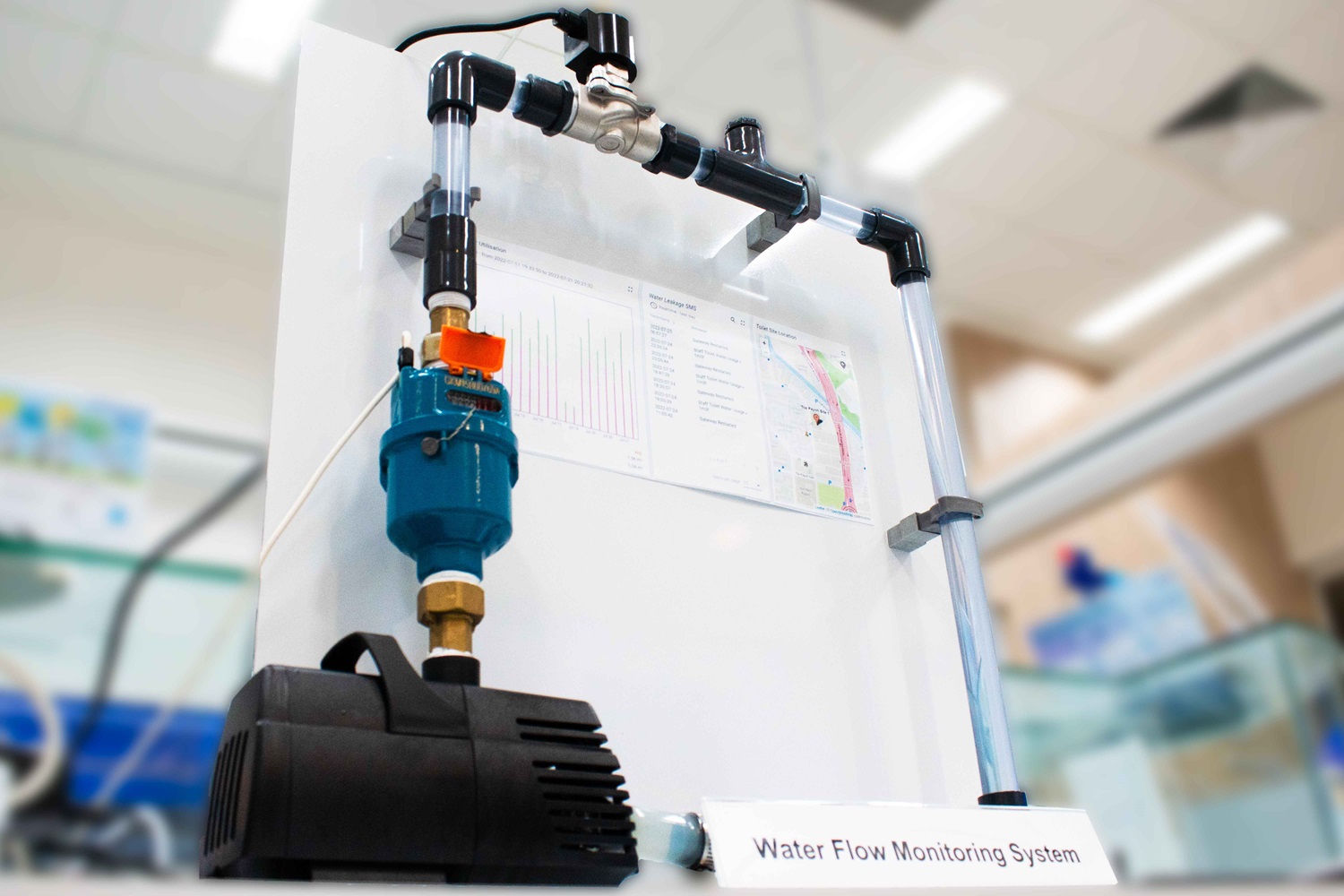IOT for Sustainability

Overview:
Singapore commits to achieving net zero emissions by 2050 as part of the nation’s Long-Term Low-Emissions Development Strategy. This target is dependent on many factors such as power consumption, water consumption and activities that generate greenhouse gas emissions. Before the reduction of such consumptions, a study of the biggest contributing factors must be conducted.
Developed by a local research team, this solution provides a cost-effective way to collect consumption data on two key contributors to carbon footprint, electricity and water. Long-range (500m) plug-and-play wireless sensors integrated with a customized dashboard provide users with an intelligent and accurate overview of their utility consumption in their facility. Coupled with an analytics engine running in the background, usage patterns can be established, optimized and contingency alerts provided where required.
Unique Value Proposition:
Compared to existing systems in the market which typically cater to power monitoring, this solution offers the additional integration of water monitoring as well as additional control features to trigger intervention steps should there be anomalies such as piping leaks.
The system allows direct insight to the correlation between what is used to carbon footprint. Data is collected to help users understand the greatest generators of carbon footprint, so that users are more aware, and can consider ways to reduce their carbon equivalent emissions.
Potential Applications:
- Sustainability reporting for listed or IPO companies. (SGX recommendation for core metrics includes GHG emissions, Energy consumption and Water consumption)
- Factories and Manufacturing Facilities: Ideal for wastewater management, water-flow and additional IoT sensors may be added to track that the output remains within regulations, or recycled inputs are within specifications. Idle machines can also be switched off, allowing better resource management.
- Public Institutions: Complements and reinforces water conservation efforts Private Commercial Facilities-provides surveillance for a long-term redesign of water distribution throughout a facility for cost-effectiveness.
- Housing facilities: Monitor the usage of electricity and water to study possible areas of savings to reduce CO2-Eq. Help to raise general awareness regarding carbon footprint generation.
- Facilities with unstable power supply or critical processes: With the monitoring and control system, it is possible to control the usage of resources when it is limited or restricted. Power to non-critical equipment may be cut to reduce consumption, and the allocation of fluids may also be set based on different conditions.